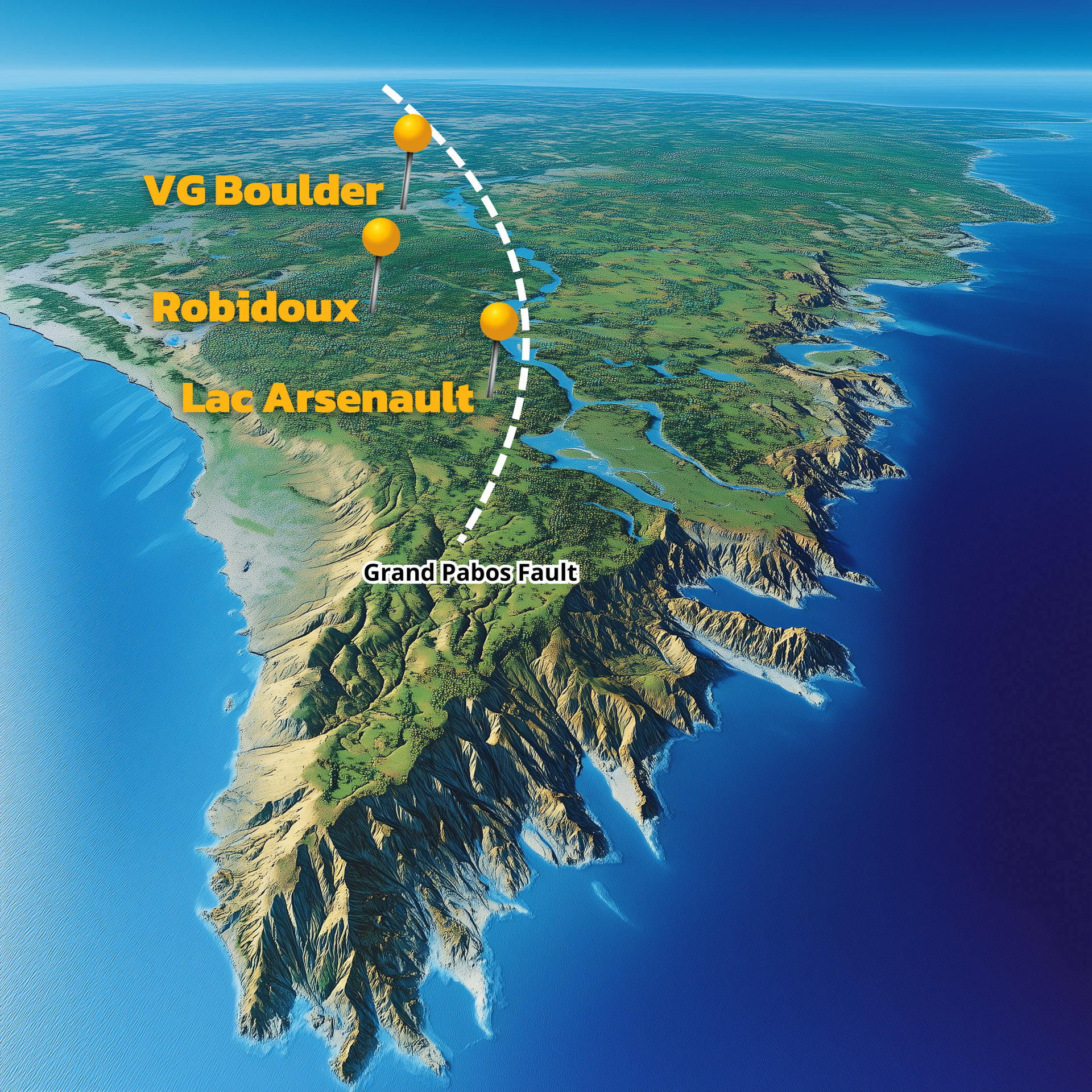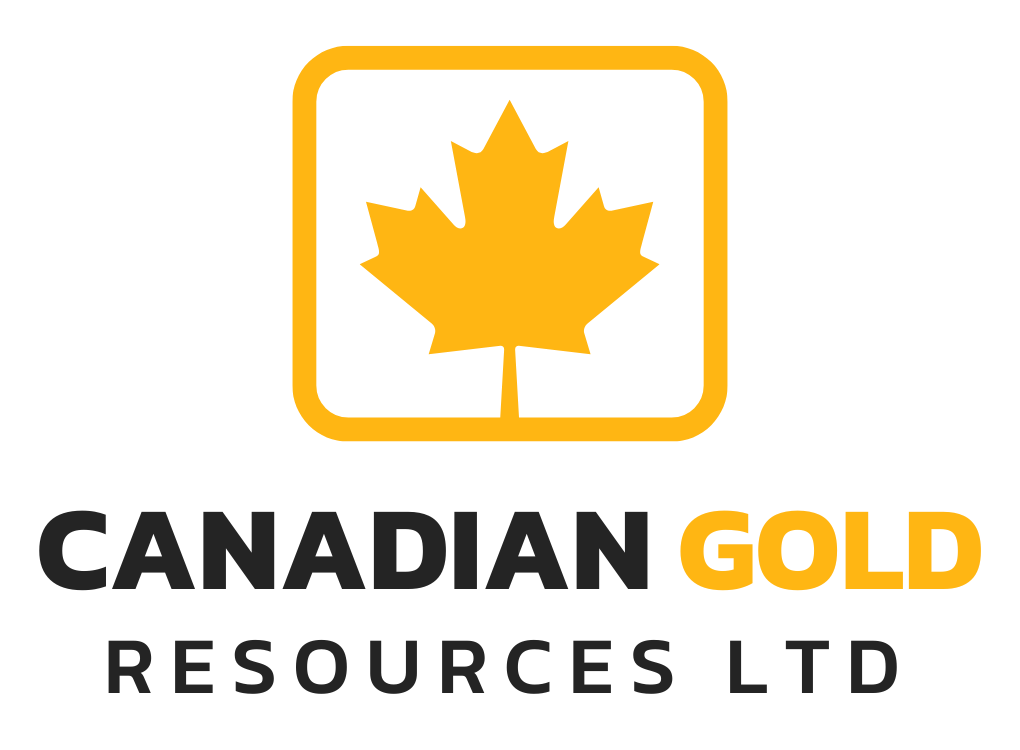
3
100% Owned High-Grade Projects
Projects Overview
All three of Canadian Gold Resources' projects—Lac Arsenault, Robidoux, and VG Boulder—are located in Quebec’s Gaspé Peninsula, along the Grand Pabos Fault system, a region known for its orogenic gold deposits and significant historical gold exploration.
Lac Arsenault
Learn MoreLac Arsenault has a rich exploration history, with Imperial & Esso Minerals identifying resources of 40,000 tonnes at 15.43 g/t Au, 197.00 g/t Ag, 6.6% Pb and 3.5% Zn in three veins exposed at surface. This was reevaluated in a 1996 report to 199,580 tonnes at 9.59 g/t Au or approximately 61,536 ounces of gold.
Significant results include 32.83 g/t Au over 0.27m from the Baker vein and 39.7 g/t Au from surface samples at the Mersereau vein. The property has 93 historical drill holes totaling 7,269 meters.
(Historical estimates not yet verified under NI 43-101 standards – further work is underway to validate and confirm this estimate)
Robidoux
Learn MoreThe Robidoux project has returned high-grade results, with drilling intercepts such as 4.1 g/t Au over 4.46m and trench samples up to 92.0 g/t Au over 1.70m. Bulk samples confirmed the high-grade potential, including 400 tonnes grading 31.54 g/t Au + 8.9 g/t Ag. Further confirmation work and bulk sampling are planned for 2025.
VG Boulder
VG BoulderThe VG Boulder project covers 5,787 hectares along the Grand Pabos Fault and is known for its high-grade surface samples, including assays of 75.7 g/t Au and 22.4 g/t Au in boulders and outcrop. The property has shown multiple visible gold occurrences, indicating significant exploration potential. With 14 km of fault coverage, VG Boulder presents promising upside for continued exploration and resource discovery.

The Grand Pabos Fault
The Grand Pabos Fault is a major geological structure that spans Quebec’s Gaspé Peninsula and extends into Newfoundland, creating an ideal corridor for mineralization, particularly for gold. This fault influences hydrothermal processes that transport and deposit gold, attracting exploration from companies like Canadian Gold Resources Ltd., which has three active projects along the fault. Its structural complexity has led to multiple high-grade gold discoveries, drawing continued exploration interest and supporting economic growth in the region.
In Newfoundland, similar fault systems within the Central Newfoundland Gold Belt, such as the Appleton Fault, host significant gold deposits. Notable projects include AuMEGA’s Cape Ray Shear Zone Project (610,000 oz Au), New Found Gold Corp.'s high-grade Queensway Project, and Calibre Mining's Valentine Gold Mine (5.1 million oz Au). Additionally, Maritime Resources' Hammerdown Mine, with 370,000 oz Au, and Big Ridge Gold's Hope Brook Mine, hosting 1.44 million oz Au, underscore the region's potential. Collectively, these projects highlight the mineral wealth along these fault lines, making the Grand Pabos Fault and its associated structures across Eastern Canada a key focus for high-grade gold exploration.
Stay Updated With Canadian Gold
Sign up for our newsletter to receive news releases and exclusive company updates.
Thank you for subscribing to Canadian Gold Resources Mailing List.
Oops, there was an error sending your message.
Please try again.

